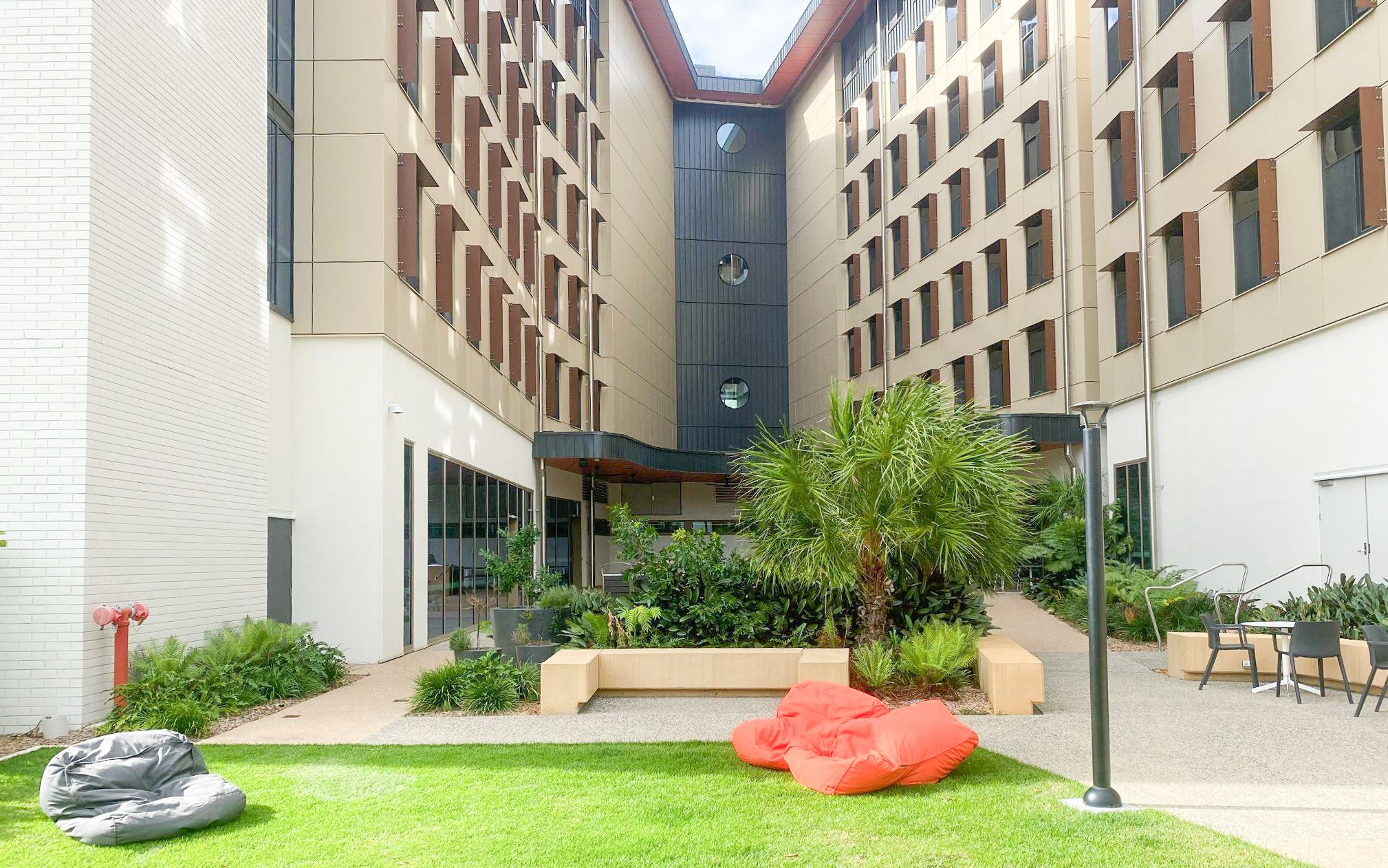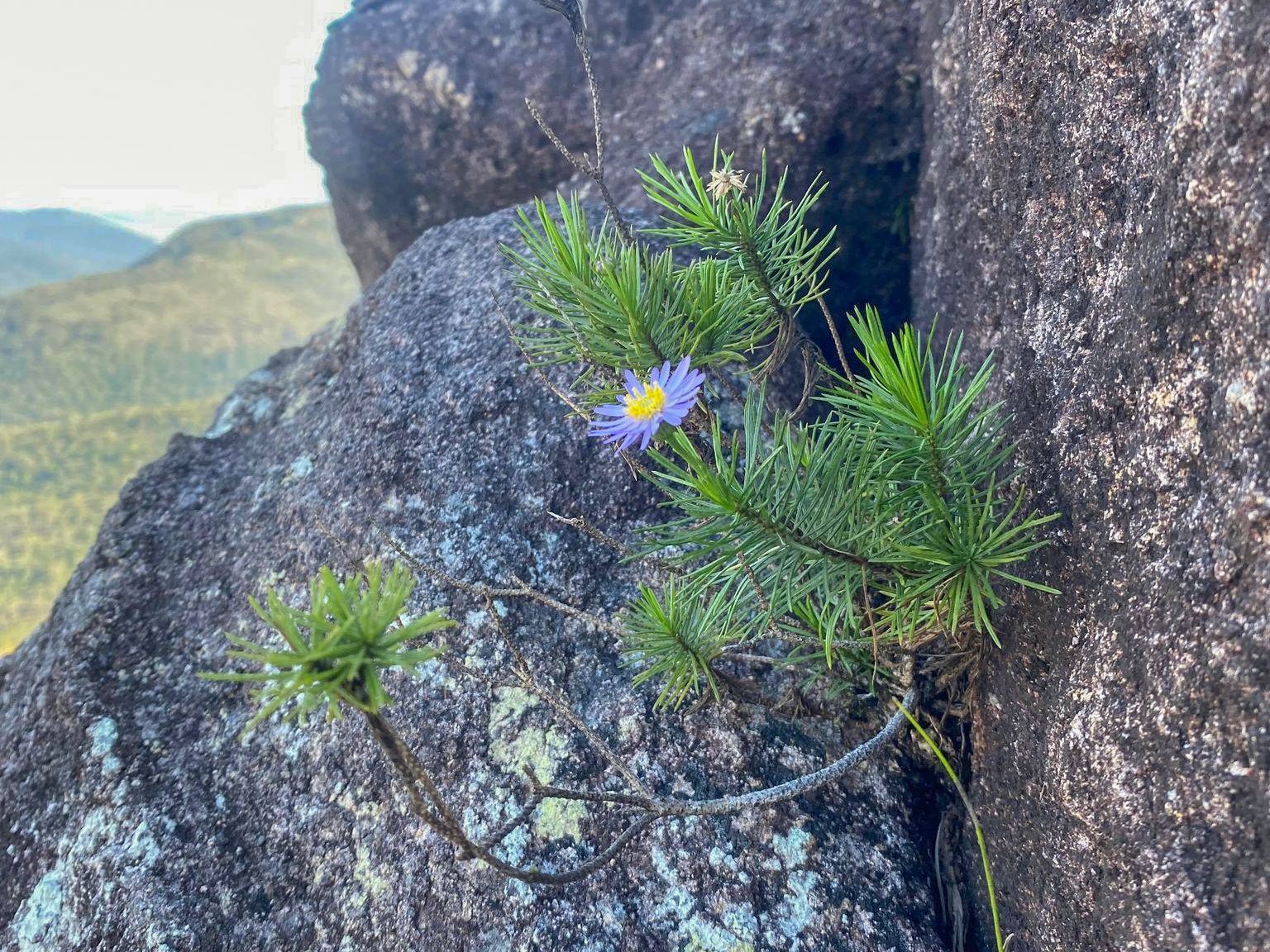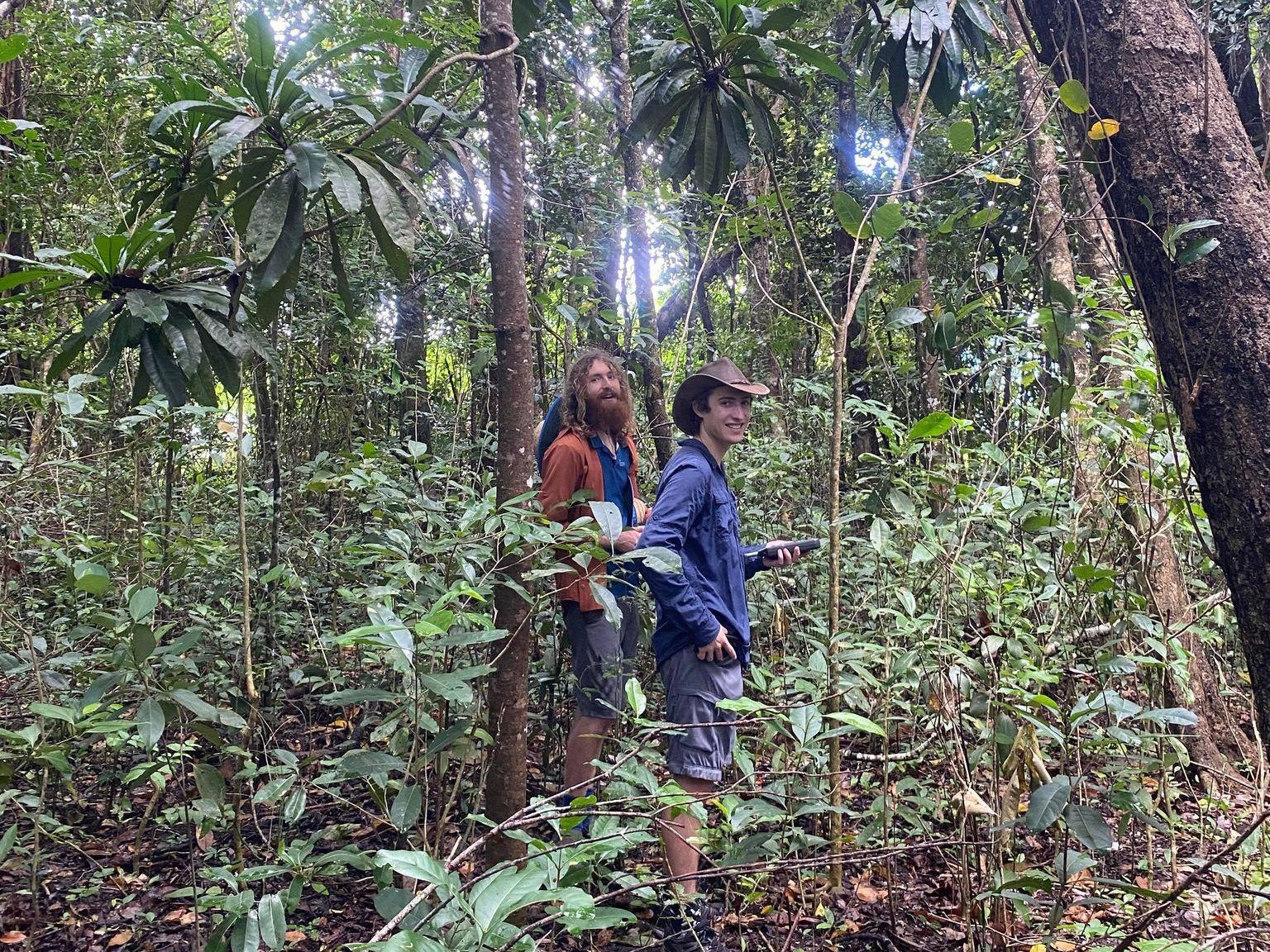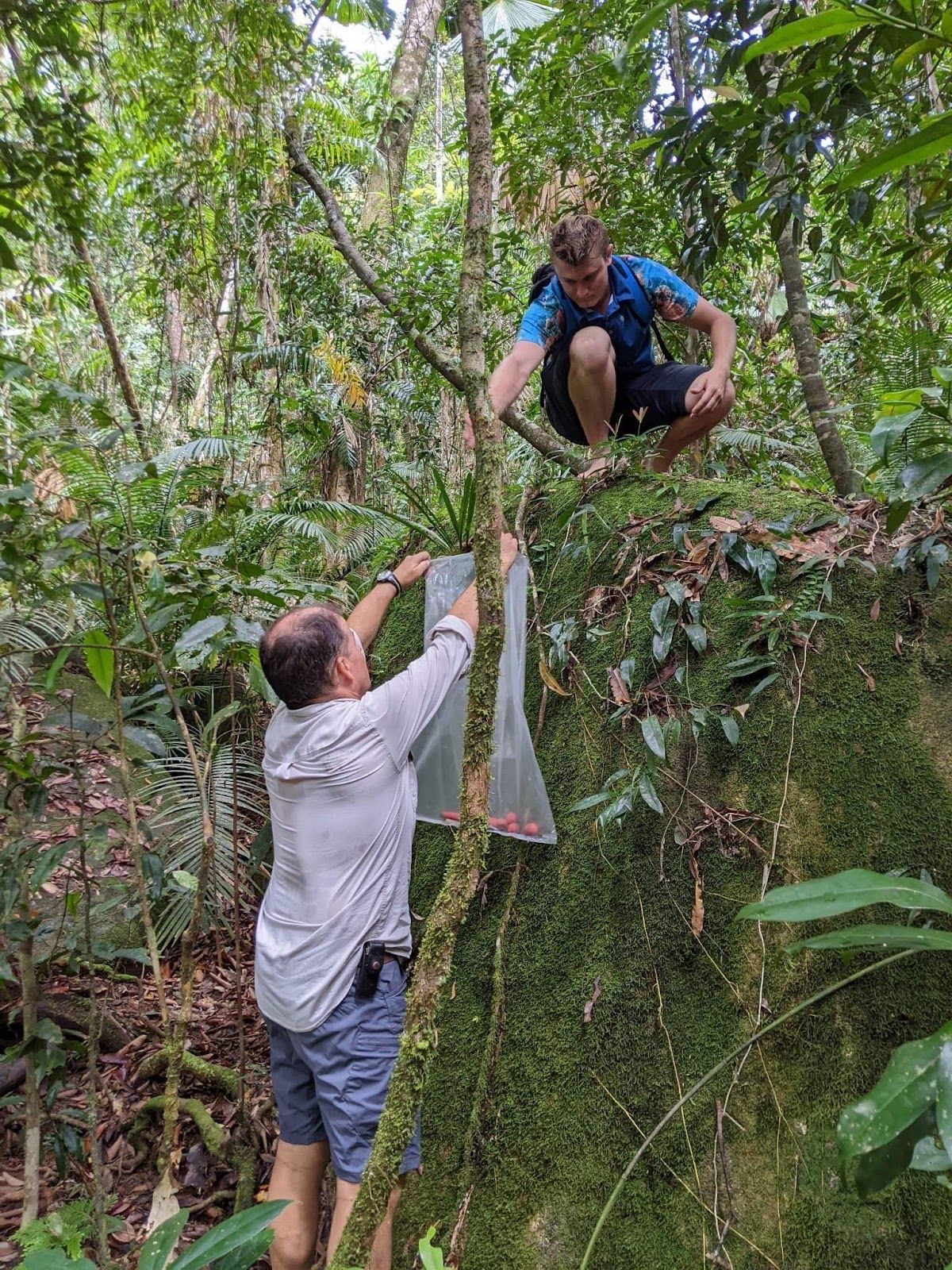Paving the way to a world-class botanic garden: James Cook University's Hortis Success Story

In this second instalment of our blogpost series, we continue our journey into the remarkable successes of Hortis gardens worldwide.
Today, we hear from Brandan Espe, Environmental Officer/Grounds Supervisor at James Cook University in Queensland, Australia, about the power of accurate record-keeping and its profound impact on their collection management.
JCU: Leading tropical research and conservation
James Cook University (JCU) was established in 1961 and has expanded from the original campus in Townsville to have facilities in Cairns, Mackay, Mount Isa, Orpheus Island (Tropical Island), Daintree Rainforest, Thursday Island, Brisbane and Singapore.
Because of our unique location in Northern Queensland, JCU has evolved to become one of Australia's primary universities and one of the world's leading institutions focusing on the tropics.

Our primary collection is found on the 380 hectare Townsville Campus, with naturally occurring dry rainforest, vine thickets, woodland and sclerophyll forest, as well as savannah and a small wetland. Our second collection is held on the Cairns Campus, home of the Australian Tropical Herbarium (ATH), and surrounded by woodland and rainforest. This 88 hectare campus is our primary housing for lowland rainforest species of North Queensland.
Our collection houses over 60 threatened species, many of which we hold multiple clones, in addition to various not formally identified (new species), species in decline and under assessment for new classification from pathogens, and species known from isolated and small localities.
Our two primary conservation focus areas are to build a living collection of as many endangered North and Central Queensland (our state) species as possible, with adequate clonal records for real world conservation and research, as well as building a large collection of North Queensland species impacted by the pathogen myrtle rust (noting our Townsville Campus is in a semi-arid environment and so has a low susceptibility to the disease).

Our collection management challenges
JCU has had multiple smaller records of specialised collections in the past. However these have been lost, blended, or were established in areas marked for development. As a result of this, only high-profile species were recorded (threatened or heritage) and the rest were abandoned, until our Environmental Officer role was brought in to survey and ID the specimen across our campuses, followed by mapping key species.
This has since evolved into the goal of not only mapping all campuses, but also creating a vast botanic collection, with a research-grade database.
Over the past five years, our collection has grown quite rapidly, inclusive of many endangered or challenging-to-identify species, with all of this data held by either our Environmental Officer or the ATH team, meaning we faced the real risk of losing the information – and so the value of the collection.

Empowering our collection with Hortis
We first heard about Hortis through the Cairns Botanic Garden’s Curator. After some investigating of other available platforms, as well as a quick interrogation of Waheed of the Hortis team, it was clear that this program was exactly what we needed to capture our data in a practical manner.
We attended the 7th Global Botanic Gardens Congress in Melbourne to build on our presence in the botanic world, and showcase our work in botanic research and active conservation.
Seeing how Hortis worked made it clear we would be able to create a cross-campus database of not only species and locations, but more important clonal data such as coordinates for wild collected specimens – an invaluable component of our threatened species work.
We have also been using Hortis to map out our campus flora for use in future planning, such as indigenous bush tucker and medicinal trails, and to ensure we maintain our master plan themes for each campus precinct moving forward. Using Hortis for our databasing also allows our leading researchers and partner organisations to easily access and see our collection and its metadata, for a more modern, global approach to collection management and sharing.

How Hortis is transforming our understanding of our living collection
The program has already made a massive difference in our mapping and understanding of just how substantial the collection already was, but is also assisting our planning for future plantings.
For example, comparing different provenance categories has been a massive game change, and will allow us to ensure a strong balance within the collection of native “Wild” accessions, generic “Garden” accessions, and recorded clonal “Garden – Wild Origin” accessions.
Our goal with this is to maintain a percentage of no less than 50% of our “Wild” and “Garden – Wild Origin” within the collection, which we are working towards and are currently at 42%, having only mapped out what we estimate to be 70% of our native flora.

Consolidating data for JCU’s future of excellence
We have placement students and interns working on compiling all of our older databases into a single form, and cross-referencing for double-ups and name changes, before passing these on to be added into Hortis. In addition, we have begun GPS mapping many of our newly-planted or high-priority specimens to add to the database. As we have been able to more accurately record our living collection, more resources can now be added to building and maintaining the collection.